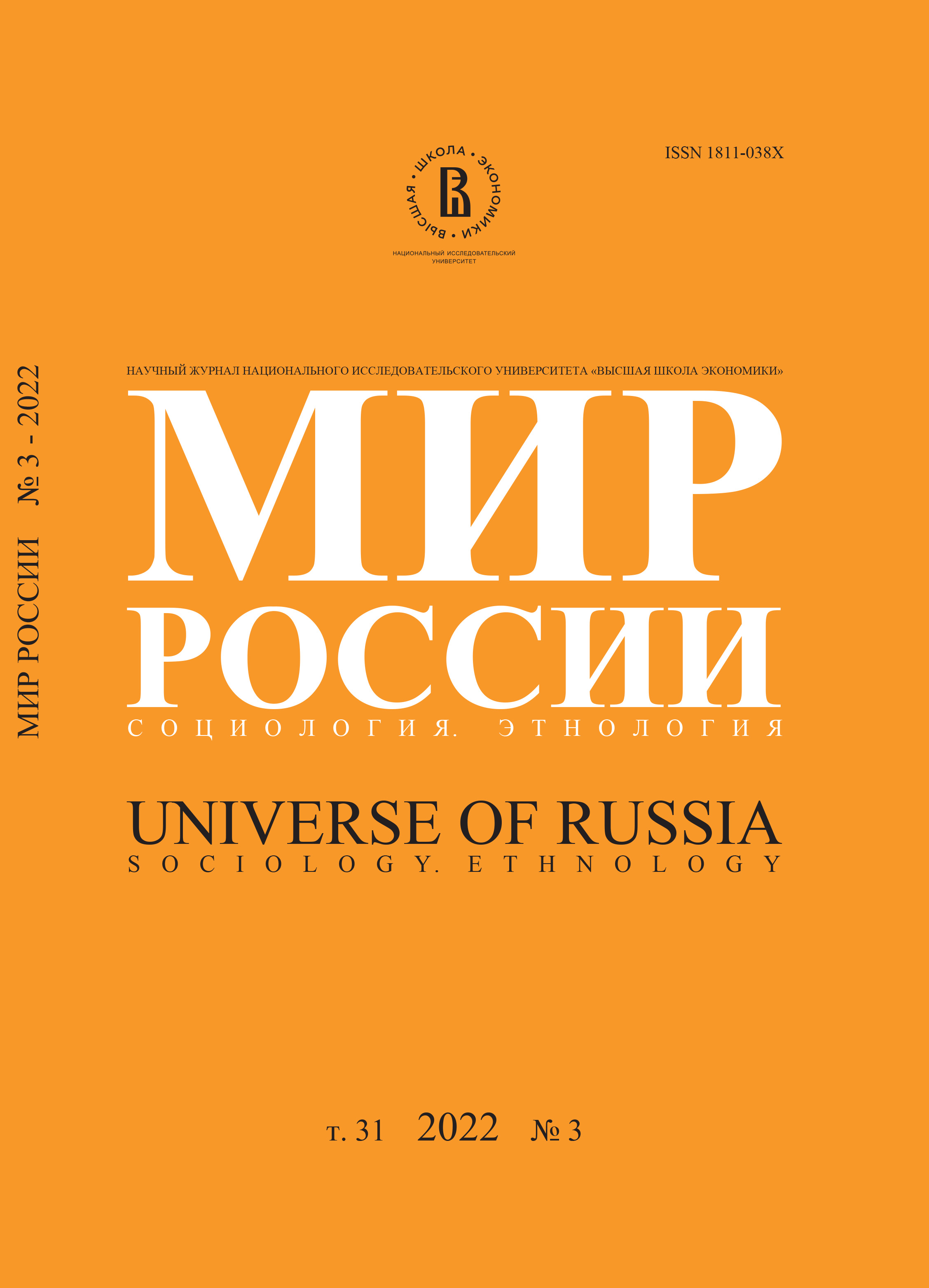What Does the History of the Stalinist Economy Teach?
Book Review: Galushka A., Niyazmetov A., Okulov M. (2021) Growth Crystal. For the Russian Economic Miracle, Moscow: Nashe Zavtra (in Russian)
Abstract
The failures of liberal post-Soviet market reforms inevitably promote the search for new ideas for economic development. In this regard, it is worth analyzing the experience of the Soviet economy during the Stalinist era, i.e., the focus of the book under review. In 2021, the book became popularized by mass media as one of the greatest achievements in Russia’s economic science. The authors argued that from 1929 to 1955 the Soviet economy performed an economic
miracle leading to unprecedented economic growth and increases in the standard of living. According to the authors, this experience, with certain modifications, can be repeated today. In this review, we scrutinize the reliability of Soviet macroeconomic statistics. Based on our own publications and those of Western scientists, we show that Soviet macroeconomic statistics have repeatedly exaggerated the rates of economic growth, indicators of economic efficiency, and living standards. Nevertheless, the success of the Soviet economy during the Stalin era was evident, although much less significant than the book’s authors claim it to be. This success was achieved at the cost of huge material and human losses. We scrutinize all factors of the Soviet economic growth mentioned by the book’s authors such as planning, technology, money, efficiency, and entrepreneurship. We argue that the authors considerably simplify the mechanism of their functioning and misinterpret many factors. The approaches proposed are thus proven to prevent modern Russia’s economy from growth, due to its significant differences from the Soviet economy and the falsity of the proposed methods. However, despite numerous errors and simplifications,
the book is positively assessed for the authors’ scientific courage, diligence, and in-depth analysis of this period of economic history.






